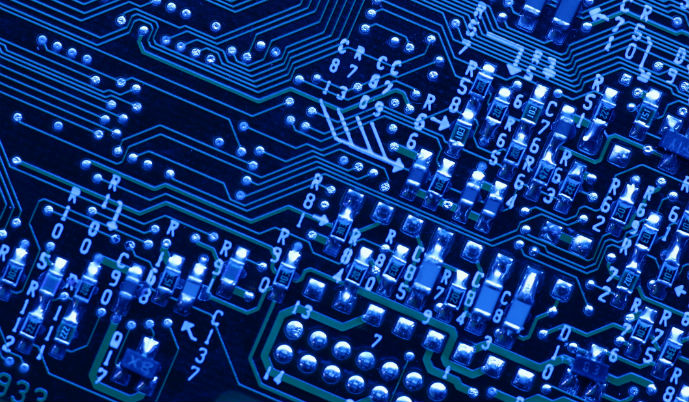Digital Transformation Promotes HIT Infrastructure Automation Adoption
Automation adoption will help support HIT infrastructure digital transformations, but lack of standardized APIs can hinder implementation, according to HIMSS.

Source: Thinkstock
- Advancing HIT infrastructure technology calls for organizations to use tools to help IT staff with mundane repetitive tasks so they can spend more time innovating and planning for the future. This drive for simplified management through advanced technology is prompting organizations to adopt HIT infrastructure automation.
While many other industries have transformed their business process through automation, the healthcare industry still lags behind on adoption, according to a recent HIMSS blog post. Organizations are having a difficult time aligning their health IT tools in a way that uses automation efficiently to improve workflows for clinician end users.
Automation performs processes without human assistance and is a pre-programmed set of rules that follows a command to complete the next steps of a task. The technology works on the premise of “If X, then Y.” When “X” happens, then “Y” is allowed to happen.
“Automation is hard because it tends to require interfaces of various types – both to other machines (Internet of Things) and to humans,” commented ONC National Coordinator for Health Information Technology Don Rucker, MD.
“Often automation proposals involve solutions that focus on highly structured data. But, someone or something has to put energy (physician salary, for example) into organizing much of this information, assuming it is even knowable. The underlying disease or patient behavior (e.g., smoking) is also often not knowable. And, automation relying on machine to machine interfaces regularly runs into a lack of application programming interfaces (APIs) supporting complex clinical data flows,” he observed
READ MORE: Applying Automation Technology to Health IT Infrastructure
There is no single automation solution that will cover an entire IT infrastructure, and automation itself is not a stand-alone tool, which is why the lack of standard APIs has hindered automation adoption in healthcare. Lack of standard APIs has been a thorn in the side of health data exchange for years, but now the lack of standard APIs is holding healthcare organizations back from advancing their IT infrastructure through automation and artificial intelligence (AI).
“APIs will help to foster new business models and tools that could expand efficiency and automation across all aspects of healthcare,” said Rucker. “But to do that, APIs must be standardized, transparent, and pro-competitive. APIs cannot be available in some uniquely proprietary way.”
“With an eye to the future of artificial intelligence and machine learning, as well as the promise of value-based healthcare, ONC’s approach to addressing interoperability is to help make all clinical data, including free text data, liquid and accessible,” he continued.
“By unlocking information systems to third-party developers and researchers in a secure and responsible manner, innovative entrepreneurs can design apps, tools and platforms that will reduce unnecessary tasks and allow clinicians to put their time and energy into delivering high-quality patient care.”
The amount of information collected by connected devices is causing a flood of data that requires advanced automation and AI to sift through to make that data actionable. Automation can lead to machine learning, but they are still two distinct technologies.
READ MORE: How to Begin Healthcare Artificial Intelligence Deployment
Automation follows pre-programed rules that are manually configured by IT staff. When corrections or improvements need to be made to an automated configuration, any changes need to be completed by a member of the staff. The changes do not happen automatically.
In contrast, AI is meant to simulate how a human thinks and progressively learn. While AI features can be manually configured if a significant enough change needs to be made, AI is dynamic and can often improve upon itself by feeding previous results back into its self-learning algorithms to correct for past errors.
Both processes are driven by data, but automation collates data and AI takes it a step further by understanding it. Based on the previously stated “If X, then Y” explanation for automation, AI expands to, “if X, then Y, and what about Z?”
The continued development and interest in advanced technology makes automation a critical consideration for health IT infrastructure.
Digital transformation is becoming mainstream in healthcare as provider organizations focus on offering more advanced services to improve the patient experience.
“Automation has advanced science and it has advanced the quality of healthcare. It’s well understood that automation is a critical part of delivering better healthcare,” Condusiv Technologies CEO Jim D’Arezzo told HITInfrastructure.com.
“The ability to have a historical health record, an electronic health record that can be shared across different environments, that's a big boon to patients as well as to hospitals. There are many facets to what automation can do.”
